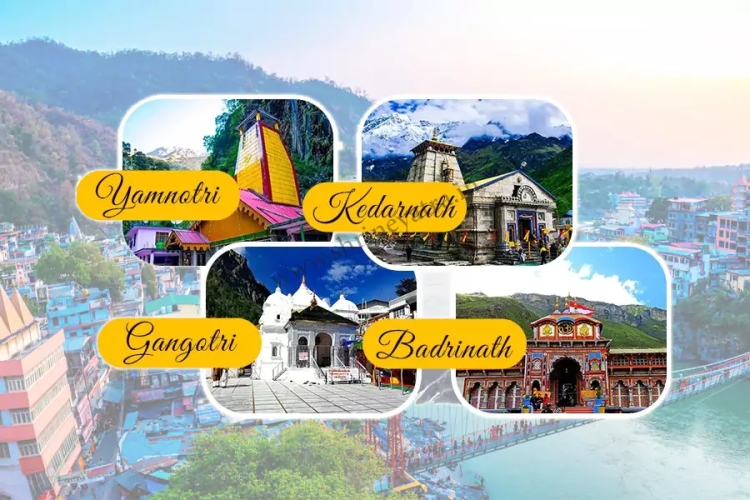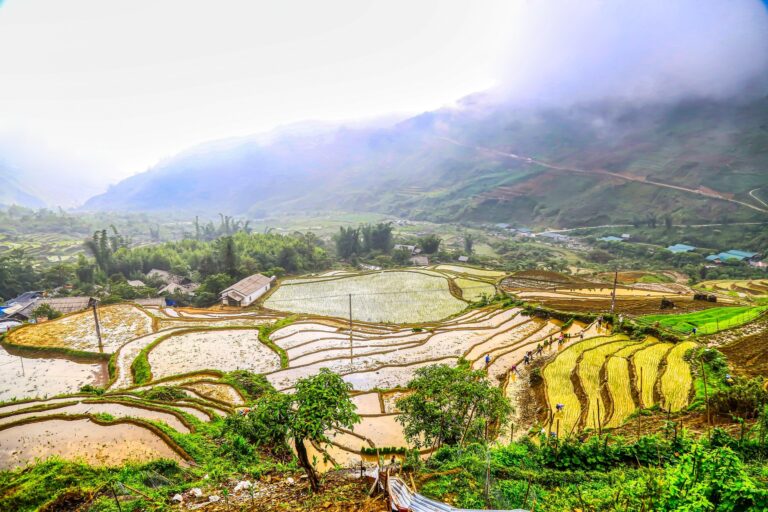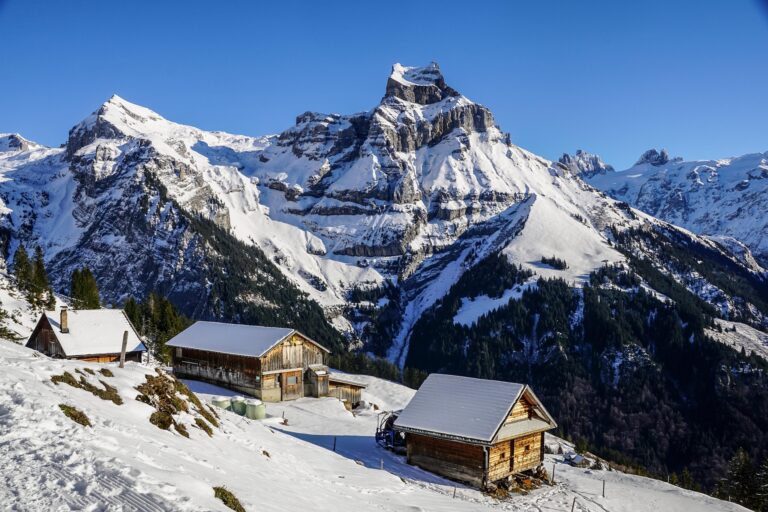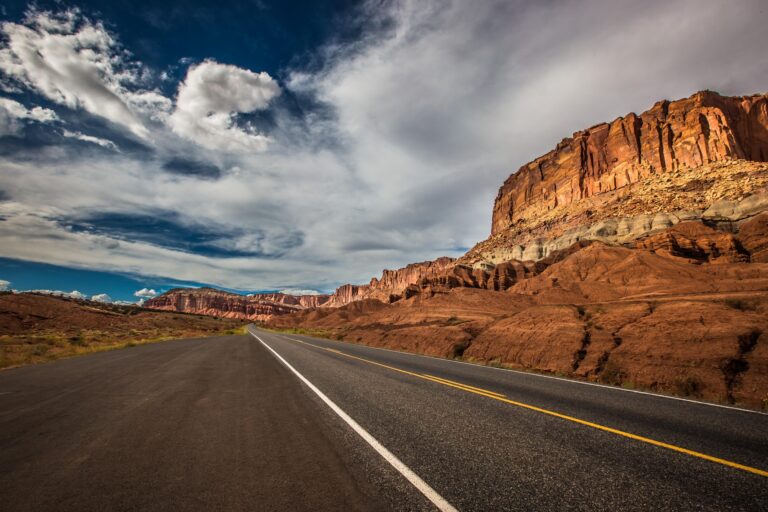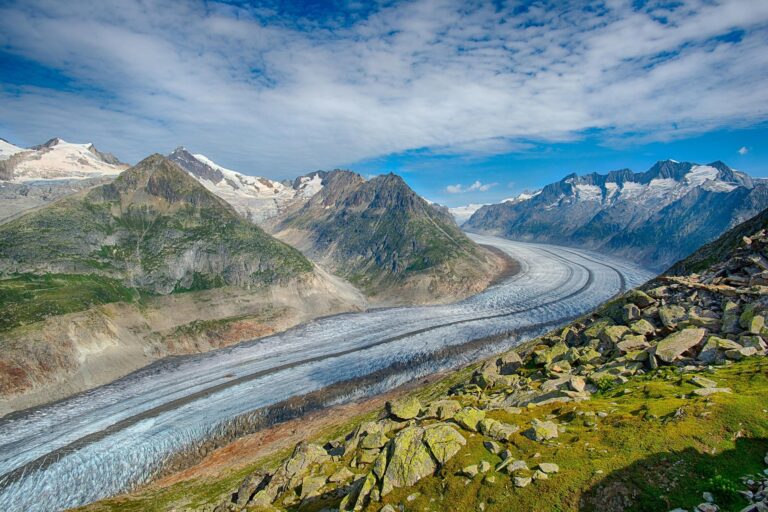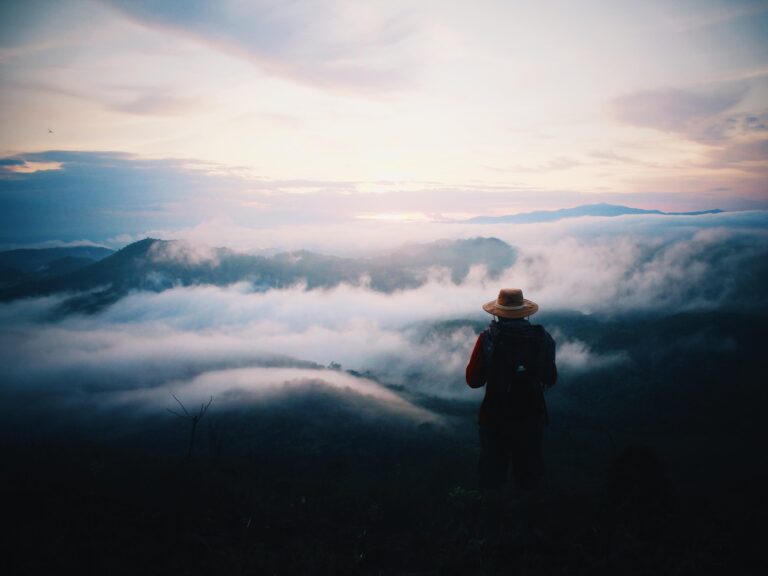The Chardham Yatra, which includes visiting the four sacred temples of Yamunotri, Gangotri, Kedarnath, and Badrinath, is one of the most spiritually uplifting pilgrimages in India. Every year, thousands of devotees undertake this journey through the majestic Garhwal Himalayas in Uttarakhand. However, while the experience is deeply enriching, it also comes with its fair share of challenges. Understanding these common difficulties can help you better prepare for the yatra and ensure a smoother experience.
1. Unpredictable Weather Conditions
One of the most common and serious challenges on the Chardham route is the unpredictable Himalayan weather. Even in the summer months (May to June and September to October), sudden rain, landslides, and snowfall can disrupt travel plans.
- Heavy rainfall can cause roadblocks and flash floods.
- Cold temperatures, especially at night and in higher altitudes like Kedarnath, can be harsh for those unaccustomed to mountain climates.
- Sudden weather changes can also delay helicopter services and other modes of transport.
Tip: Always carry weatherproof clothing and check local forecasts regularly.
2. Altitude Sicknes
High altitude is a significant concern on the Chardham Yatra, particularly at Kedarnath (3,583 meters) and Yamunotri (3,293 meters). Many pilgrims suffer from Acute Mountain Sickness (AMS), which causes symptoms like headaches, nausea, dizziness, and fatigue.
Tip: Acclimatize properly, stay hydrated, avoid alcohol, and consider carrying oxygen cans or consulting your doctor about altitude sickness medication.
3. Poor Road Conditions
Despite ongoing improvements, many stretches of the Chardham route remain prone to:
- Narrow roads and sharp bends
- Landslides during the monsoon
- Unpaved or broken patches in remote areas
These conditions can make the drive risky and uncomfortable, especially for the elderly or those with health conditions.
Tip: Hire experienced local drivers who are familiar with the terrain. Travel during daylight hours for better safety.
4. Physical Strain and Long Treks
Certain parts of the pilgrimage, especially the trek to Kedarnath (16-18 km) and Yamunotri (6-7 km), require considerable physical stamina. The steep climbs, thin air, and crowded paths can be exhausting, particularly for senior citizens and children.
Tip: Use pony services, palkis, or helicopter rides if trekking isn’t possible. Begin training with regular walking exercises a month before your journey.
5. Limited Medical Facilities
Remote mountain regions often have basic or no medical facilities. In emergencies, getting proper treatment quickly can be a challenge, especially at Kedarnath where immediate evacuation may be needed.
Tip: Carry a first aid kit, essential medicines, and inform your travel companions of any pre-existing health issues.
6. Accommodation and Sanitation Issues
Though accommodations are improving, many pilgrims still face issues such as:
- Overcrowded or low-quality lodges during peak season
- Limited hot water availability
- Poor hygiene in shared toilets and bathing facilities
Tip: Pre-book hotels through a trusted agency or use government-approved guesthouses to ensure better facilities.
7. Connectivity and Communication Problems
Mobile networks are weak or non-existent in remote stretches, especially between Sonprayag and Kedarnath. This can make coordination difficult during emergencies.
Tip: Inform family of your itinerary in advance. Carry offline maps and keep power banks fully charged.
8. Crowds and Long Queues
During peak seasons like May–June or around festivals, the temples witness massive crowds, leading to:
- Long queues for darshan
- Overcrowding in transport and accommodations
- Increased risk of pickpocketing or losing belongings
Tip: Travel during shoulder seasons (early May or late September) for a more peaceful experience. Always keep your belongings secure.
9. Permit and Registration Hassles
The Uttarakhand government has made online registration mandatory for all pilgrims. Those unaware of the process may face delays or even be stopped en route.
Tip: Complete your registration well in advance through the official Chardham portal. Carry a physical and digital copy of all documents.
10. Environmental Concerns
With increased footfall, there is growing concern about littering, pollution, and the impact on local ecology. Many parts of the route are under threat due to human negligence.
Tip: Carry reusable water bottles, avoid plastic, and follow the “Leave No Trace” principle.
Final Thoughts
The Chardham Yatra is a journey of devotion and endurance. While the challenges are real, they can be managed with preparation, awareness, and a respectful approach to nature and local communities. By planning wisely and traveling responsibly, you can turn this sacred pilgrimage into a truly memorable and transformative experience.

